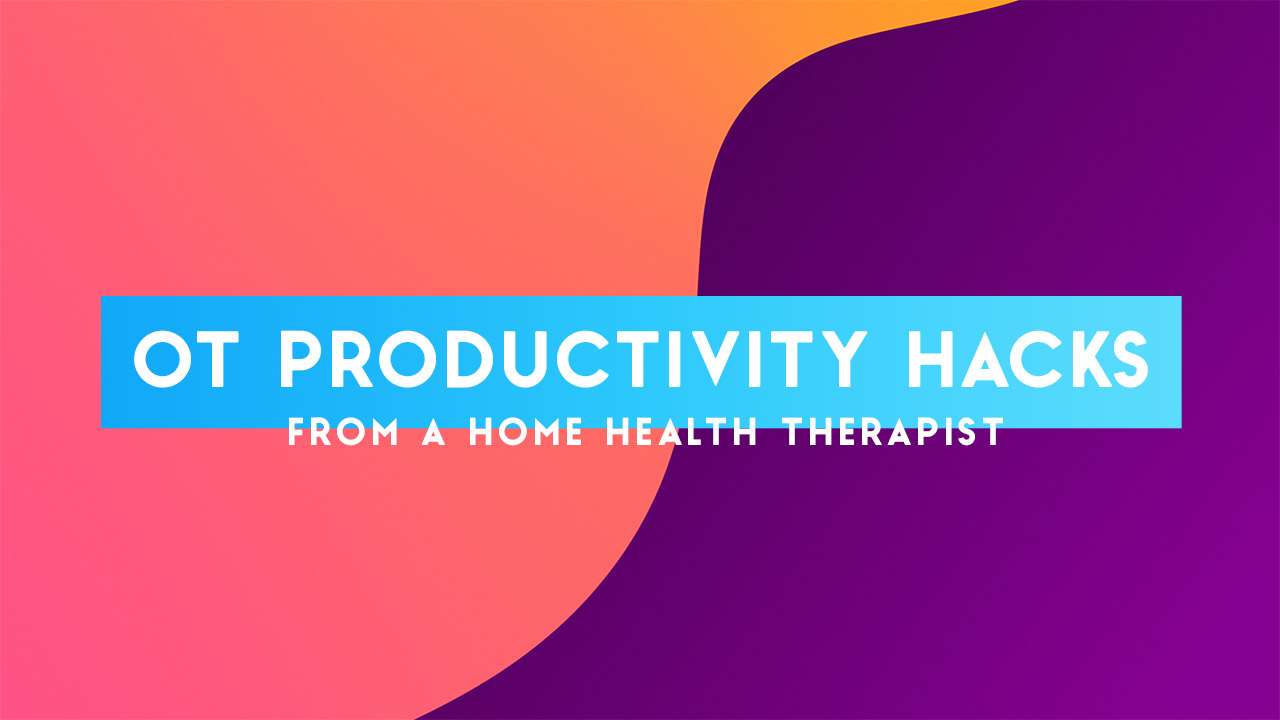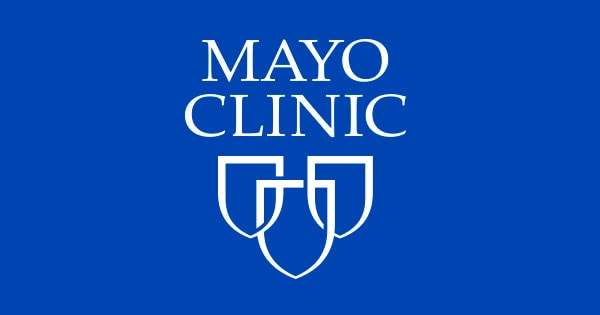There is currently no one standard treatment for autism spectrum disorder (ASD).
Many people with ASD benefit from treatment, no matter how old they are when they are diagnosed. People of all ages, at all levels of ability, can often improve after well-designed interventions.
But there are many ways to help minimize the symptoms and maximize abilities. People who have ASD have the best chance of using all of their abilities and skills if they receive appropriate therapies and interventions.
The most effective therapies and interventions are often different for each person. However, most people with ASD respond best to highly structured and specialized programs.1 In some cases, treatment can greatly reduce symptoms and help people with autism with daily activities.
Research shows that early diagnosis and interventions, such as during preschool or before, are more likely to have major positive effects on symptoms and later skills. Read more about early interventions for autism.
Because there can be overlap in symptoms between ASD and other disorders, such as attention deficit hyperactivity disorder (ADHD),2 it’s important that treatment focus on a person’s specific needs, rather than the diagnostic label.
Select the links for more information on each type of treatment for ASD.
If you have a question about treatment, talk to a health care provider who specializes in caring for people with ASD. These resources have more information about treatments for autism:
- The Centers for Disease Control and Prevention describes some treatment options. http://www.cdc.gov/ncbddd/autism/treatment.html
- The Autism Speaks organization offers a Family Services Resources guide. You can search the guide to find autism-related care and services in your area. http://www.autismspeaks.org/community/fsdb/search.php
Citations
Open Citations
- National Institute of Mental Health. (2011). A parent’s guide to autism spectrum disorder. Retrieved March 8, 2012, from http://www.nimh.nih.gov/health/publications/a-parents-guide-to-autism-spectrum-disorder/index.shtml
- Kotte, A., Joshi, G., Fried, R., Uchida, M., Spencer, A., Woodworth, K. Y., et al. (2013). Autistic traits in children with and without ADHD. Pediatrics, 132(3), e612–e622.
A number of therapies can help people with autism improve their abilities and reduce their symptoms. Starting therapy early — during preschool or before — improves the chances for your child’s success, but it’s never too late for treatment.
The American Academy of Pediatrics (AAP) recommends you start to research therapies as soon as you suspect your child has autism, rather than waiting for a formal diagnosis. It can take a lot of time, tests, and follow-ups with specialists to get a formal diagnosis.
What works varies from person to person. Get to know some of the most popular — and proven — therapies.
Play Therapy
Children with autism often play differently than other kids do. They’ll likely focus on parts of a toy (like wheels) rather than the whole toy. They “pretend play” like other kids do. And they may not want to play with others.
But to many children with autism spectrum disorder (ASD), playing is the way they express themselves — their toys and their actions may become their words. Play can help children with ASD learn and connect with other people, both children and adults, in a way they understand.
Play therapy can improve their social and emotional skills, help them think in different ways, add to their language or communication skills, and expand the ways they play with toys and relate to other people.
Children with ASD can benefit from any one of several kinds of play therapy:
Floortime is a common play therapy. You, a teacher, or a therapist gets down on the floor to play with your child on their terms. You join in by playing the same way that your child is playing, then you add something to the game.
It might be a second toy or a few words to introduce language to the game. The goal is to create play that goes back and forth between you and your child to encourage more communication and add something new to their play. It should help them grow emotionally and learn how to better focus their thinking.

Current treatments for autism spectrum disorder (ASD) seek to reduce symptoms that interfere with daily functioning and quality of life.1 ASD affects each person differently, meaning that people with ASD have unique strengths and challenges and different treatment needs.1 Therefore, treatment plans usually involve multiple professionals and are catered toward the individual.
Treatments can be given in education, health, community, or home settings, or a combination of settings. It is important that providers communicate with each other and the person with ASD and their family to ensure that treatment goals and progress are meeting expectations.
As individuals with ASD exit from high school and grow into adulthood, additional services can help improve health and daily functioning, and facilitate social and community engagement. For some, supports to continue education, complete job training, find employment, and secure housing and transportation may be needed.
Types of Treatments
There are many types of treatments available. These treatments generally can be broken down into the following categories, although some treatments involve more than one approach:
Behavioral Approaches
Behavioral approaches focus on changing behaviors by understanding what happens before and after the behavior. Behavioral approaches have the most evidence for treating symptoms of ASD. They have become widely accepted among educators and healthcare professionals and are used in many schools and treatment clinics. A notable behavioral treatment for people with ASD is called Applied Behavior Analysis (ABA). ABA encourages desired behaviors and discourages undesired behaviors to improve a variety of skills. Progress is tracked and measured.
Two ABA teaching styles are Discrete Trial Training (DTT) and Pivotal Response Training (PRT).
- DTT uses step-by-step instructions to teach a desired behavior or response. Lessons are broken down into their simplest parts, and desired answers and behaviors are rewarded. Undesired answers and behaviors are ignored.
- PRT takes place in a natural setting rather than clinic setting. The goal of PRT is to improve a few “pivotal skills” that will help the person learn many other skills. One example of a pivotal skill is to initiate communication with others.
Developmental Approaches
Developmental approaches focus on improving specific developmental skills, such as language skills or physical skills, or a broader range of interconnected developmental abilities. Developmental approaches are often combined with behavioral approaches.
The most common developmental therapy for people with ASD is Speech and Language Therapy. Speech and Language Therapy helps to improve the person’s understanding and use of speech and language. Some people with ASD communicate verbally. Others may communicate through the use of signs, gestures, pictures, or an electronic communication device.
Occupational Therapy teaches skills that help the person live as independently as possible. Skills may include dressing, eating, bathing, and relating to people. Occupational therapy can also include:
- Sensory Integration Therapy to help improve responses to sensory input that may be restrictive or overwhelming.
- Physical Therapy can help improve physical skills, such as fine movements of the fingers or larger movements of the trunk and body.
The Early Start Denver Model (ESDM) is a broad developmental approach based on the principles of Applied Behavior Analysis. It is used with children 12-48 months of age. Parents and therapists use play, social exchanges, and shared attention in natural settings to improve language, social, and learning skills.
Educational Approaches
Educational treatments are given in a classroom setting. One type of educational approach is the Treatment and Education of Autistic and Related Communication-Handicapped Children (TEACCH) approach. TEACCH is based on the idea that people with autism thrive on consistency and visual learning. It provides teachers with ways to adjust the classroom structure and improve academic and other outcomes. For example, daily routines can be written or drawn and placed in clear sight. Boundaries can be set around learning stations. Verbal instructions can be complimented with visual instructions or physical demonstrations.
Social-Relational Approaches
Social-relational treatments focus on improving social skills and building emotional bonds. Some social-relational approaches involve parents or peer mentors.
- The Developmental, Individual Differences, Relationship-Based model (also called “Floor time”) encourages parents and therapists to follow the interests of the individual to expand opportunities for communication.
- The Relationship Development Intervention (RDI) model involves activities that increase motivation, interest, and abilities to participate in shared social interactions.
- Social Stories provide simple descriptions of what to expect in a social situation.
- Social Skills Groups provide opportunities for people with ASD to practice social skills in a structured environment.
Pharmacological Approaches
There are no medications that treat the core symptoms of ASD. Some medications treat co-occurring symptoms that can help people with ASD function better. For example, medication might help manage high energy levels, inability to focus, or self-harming behavior, such as head banging or hand biting. Medication can also help manage co-occurring psychological conditions, such as anxiety or depression, in addition to medical conditions such as seizures, sleep problems, or stomach or other gastrointestinal problems.
It is important to work with a doctor who has experience in treating people with ASD when considering the use of medication. This applies to both prescription medication and over-the-counter medication. Individuals, families, and doctors must work together to monitor progress and reactions to be sure that negative side effects of the medication do not outweigh the benefits.
Psychological Approaches
Psychological approaches can help people with ASD cope with anxiety, depression, and other mental health issues. Cognitive-Behavior Therapy (CBT) is one psychological approach that focuses on learning the connections between thoughts, feelings, and behaviors. During CBT, a therapist and the individual work together to identify goals and then change how the person thinks about a situation to change how they react to the situation.
Complementary and Alternative Treatments
Some individuals and parents use treatments that do not fit into any of the other categories. These treatments are known as Complementary and Alternative treatments. Complementary and alternative treatments are often used to supplement more traditional approaches. They might include special diets, herbal supplements, chiropractic care, animal therapy, arts therapy, mindfulness, or relaxation therapies. Individuals and families should always talk to their doctor before starting a complementary and alternative treatment.
There may be other treatments available for individuals with ASD. Talk to a doctor or healthcare provider to learn more.
For more information you can visit:
American Academy of Pediatrics Council on Children with Disabilities: https://pediatrics.aappublications.org/content/145/1/e20193447external icon
Autism Society: https://www.autism-society.org/living-with-autism/treatment-options/external icon
Autism Speaks: https://www.autismspeaks.org/treatments-autismexternal icon
Interagency Autism Coordinating Committee: https://iacc.hhs.gov/publications/publications-analysis/2012/treatments.shtmlexternal icon
National Institute on Child Health and Human Development: https://www.nichd.nih.gov/health/topics/autism/conditioninfo/treatmentsexternal icon
References
- Hyman, S.L., Levy, S.E., Myers, S.M., & AAP Council on Children with Disabilities, Section on developmental and behavioral pediatrics. (2020). Identification, evaluation, and management of children with autism spectrum disorder. Pediatrics, 145(1), e20193447.





